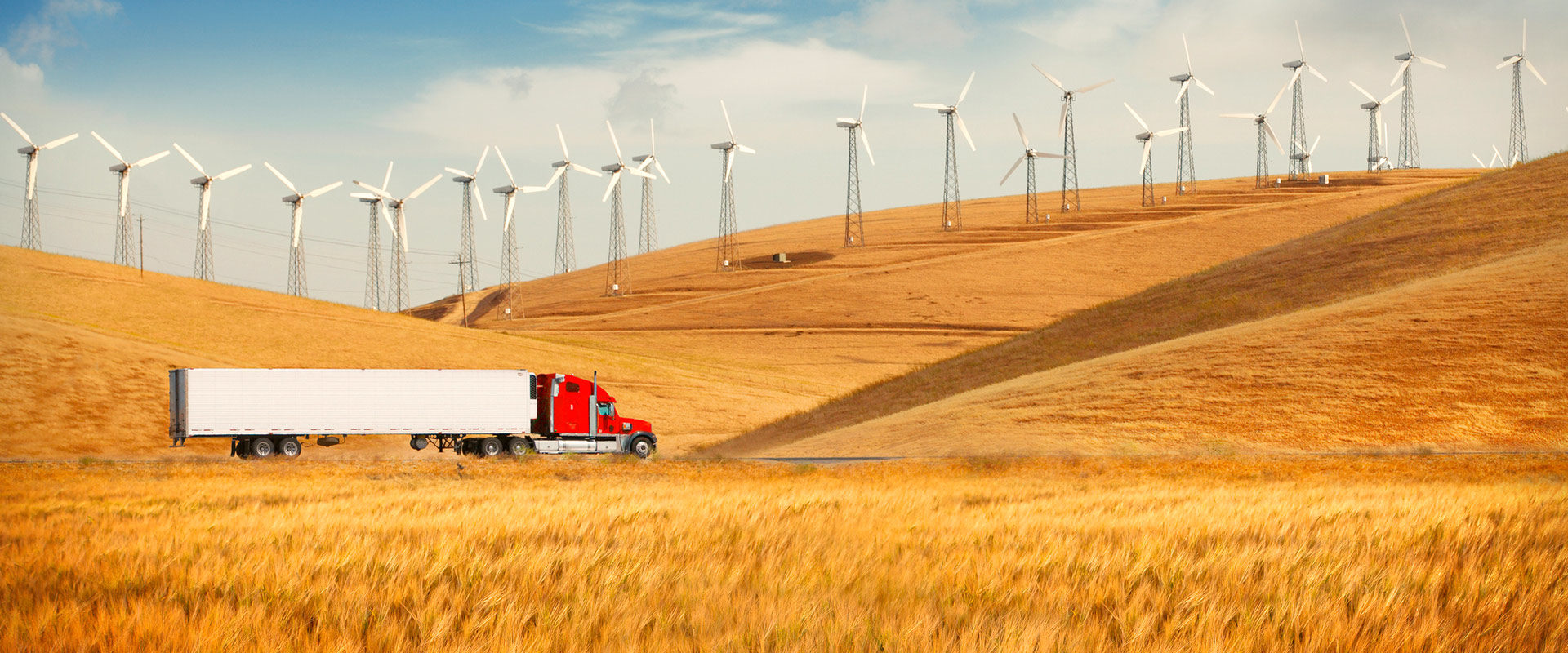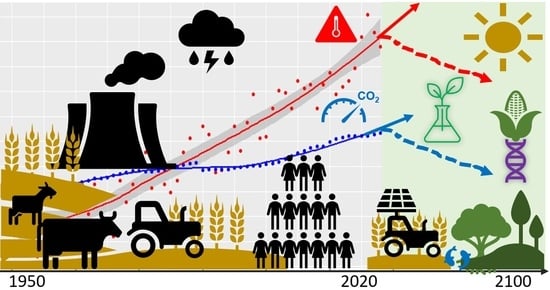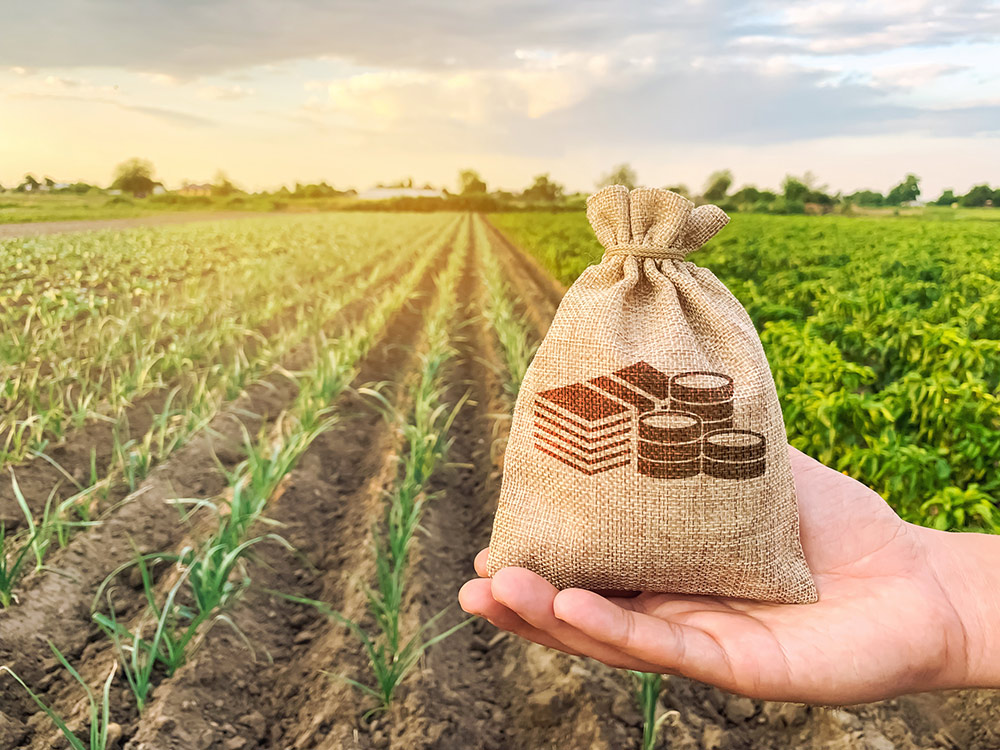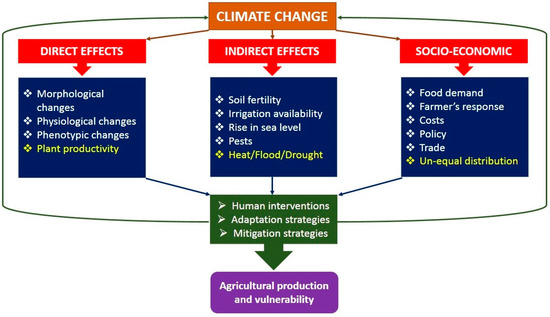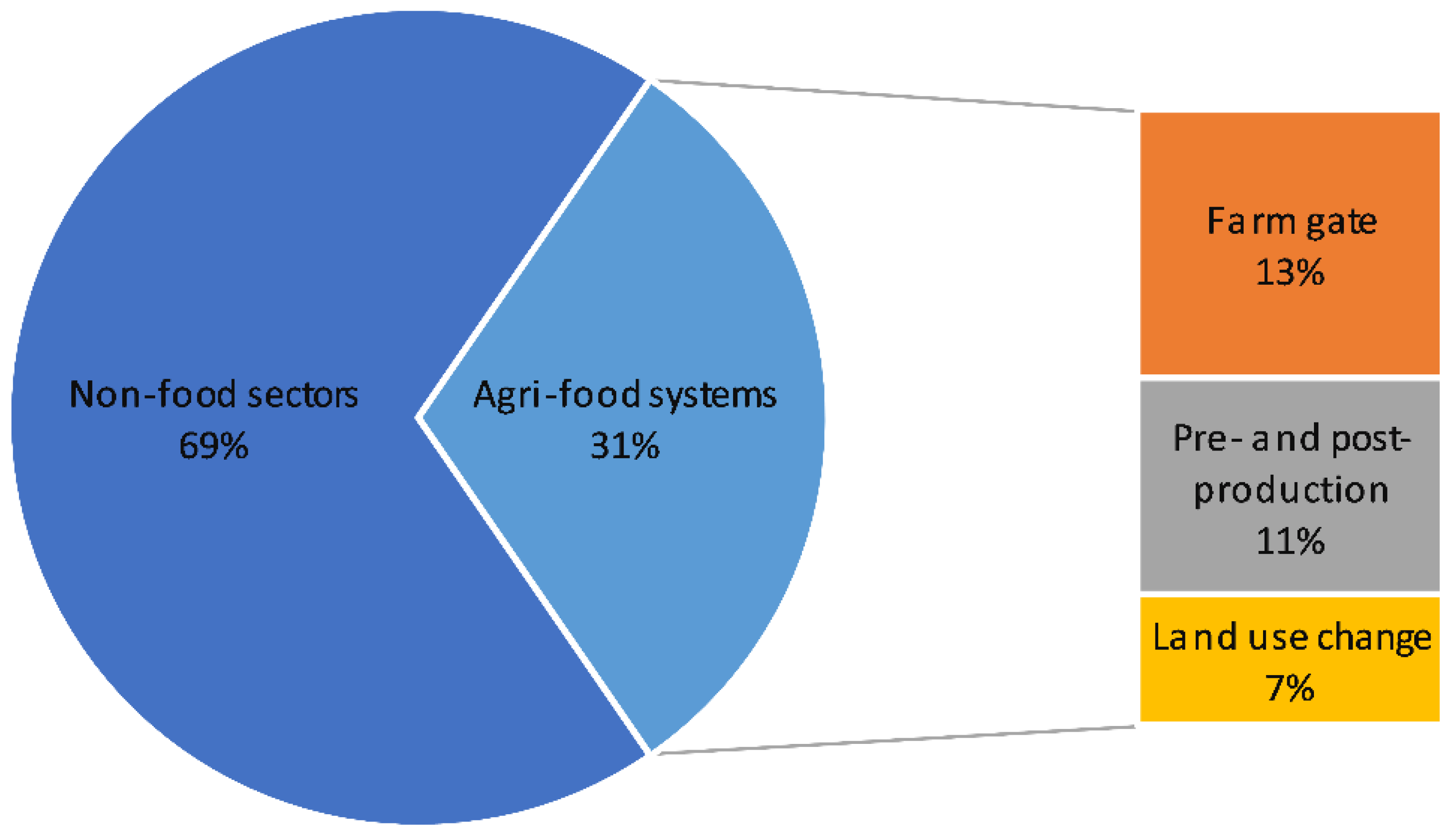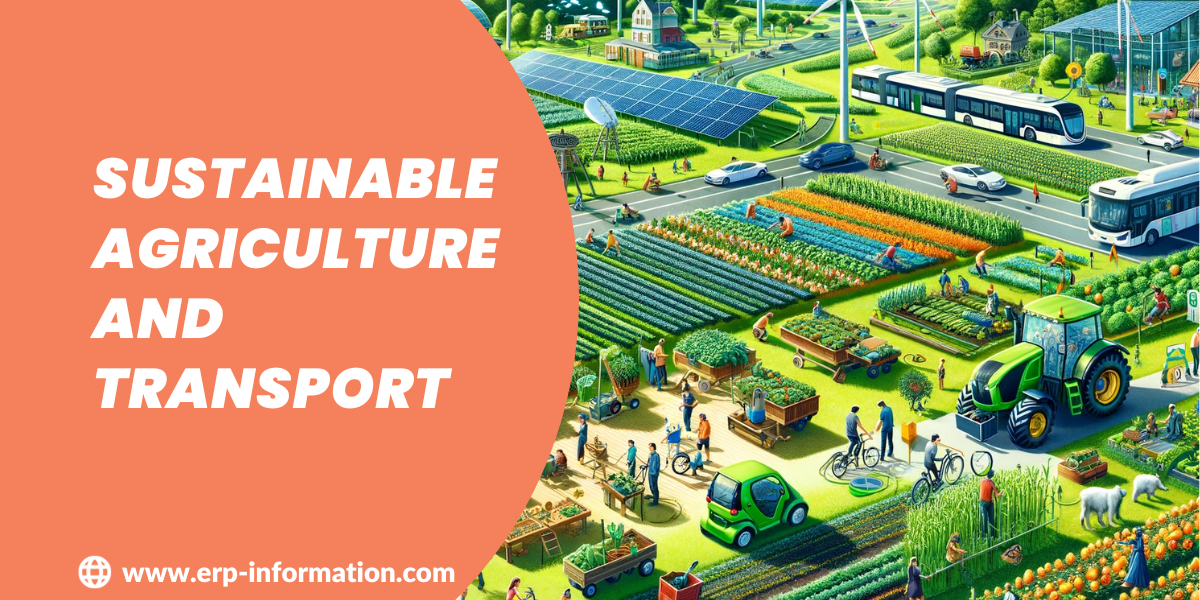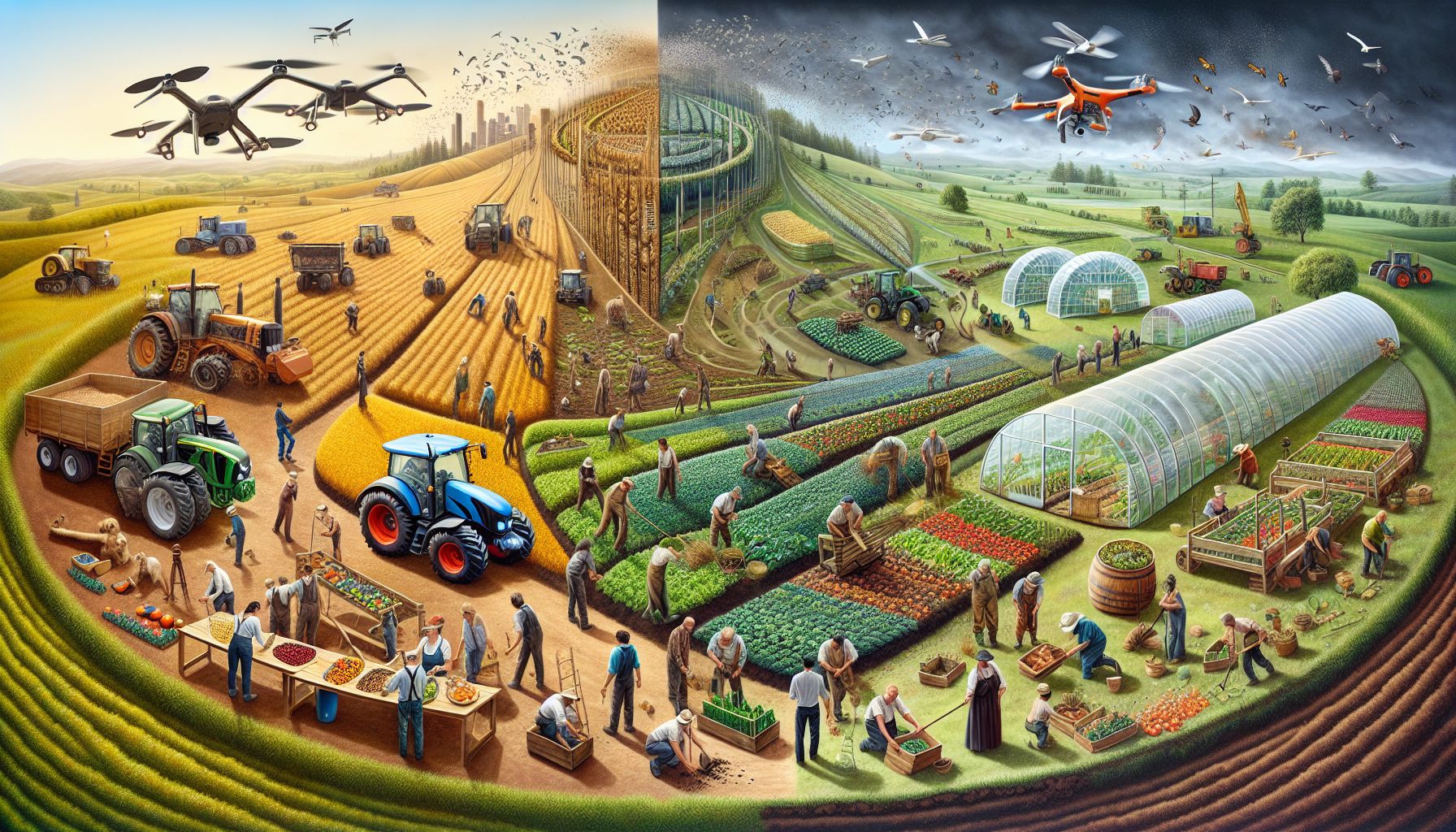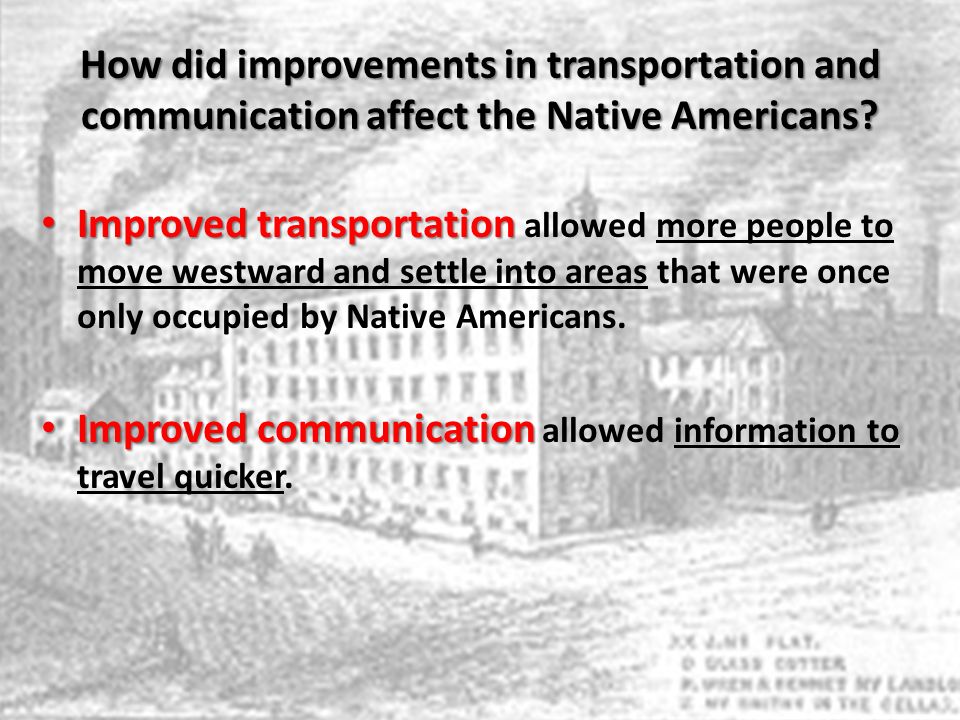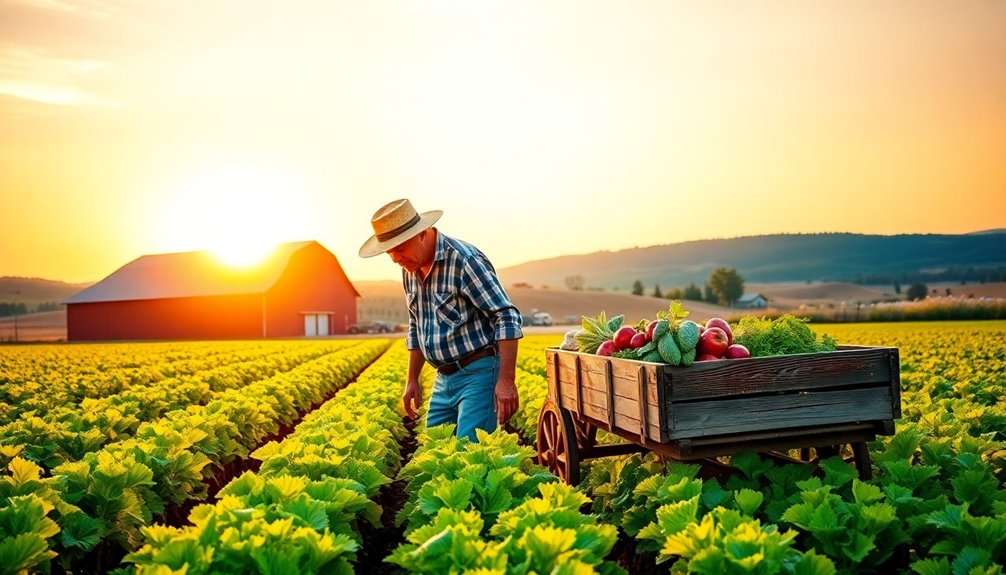How Did Improved Transportation Affect Farming
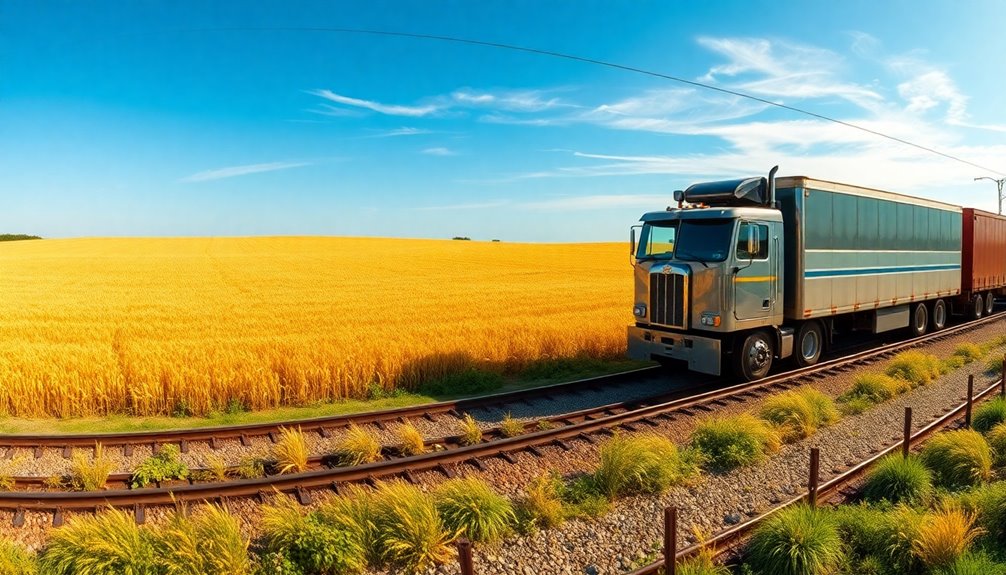
Farming's landscape has been irrevocably reshaped. Dramatic improvements in transportation, from railroads to modern trucking, have revolutionized agricultural practices across the globe.
This article dissects how these advancements have fundamentally altered farming. We will examine the changes that impact crop distribution, market reach, and ultimately, the farmer's livelihood.
The Iron Horse and the Dawn of Mass Distribution
The 19th-century's railway expansion was a pivotal moment. Prior to railways, farmers were limited to local markets. They were often at the mercy of perishable goods and limited consumer base.
Railroads enabled farmers to access distant urban centers. This drastically widened their potential customer base. This expansion created opportunities to specialize in specific crops.
The Rise of Specialized Agriculture
Farmers could now concentrate on crops best suited to their land and climate. California's citrus industry blossomed with the advent of refrigerated railcars. Refrigerated railcars allowed for the safe transportation of fruit across vast distances.
This specialization, enabled by transportation, increased efficiency. Output also improved, driving down the cost of food production.
The Internal Combustion Engine: A New Era
The 20th century witnessed the rise of the internal combustion engine. Tractors revolutionized fieldwork, while trucks transformed agricultural logistics.
Trucks offered a flexible alternative to railroads. Farmers could now transport goods directly from their fields to processing plants. They could also get to markets, bypassing the need for centralized rail hubs.
From Farm to Table: A Streamlined Process
According to the USDA, the number of trucks engaged in agriculture skyrocketed in the mid-20th century. This improvement was coupled with a corresponding decrease in reliance on rail transport for produce.
This shift reduced transportation time. It also minimized spoilage, ensuring fresher produce for consumers. This change also increased profits for farmers.
Modern Marvels: Air Freight and Global Markets
Today, air freight enables the rapid transport of agricultural products across continents. High-value, perishable goods, such as exotic fruits and specialty vegetables, can now reach global markets within hours.
This expansion has opened up entirely new markets for farmers. It also allows consumers to access produce year-round, regardless of geographical location. Consumers can also get them regardless of seasonal limitations.
The Global Food System: Interconnected and Dependent
Data from the Food and Agriculture Organization (FAO) shows a significant increase in international agricultural trade. This increase is directly correlated with advancements in air and sea transport.
However, this interconnectedness also creates vulnerabilities. Supply chain disruptions, caused by factors like weather or geopolitical events, can have widespread consequences.
The Impact on Small Farms
While improved transportation has largely benefited agriculture, the effects on small farms are complex. Access to larger markets can be advantageous. However, smaller operations often struggle to compete with larger, more industrialized farms. Industrialized farms possess economies of scale in transportation and distribution.
According to a report by the National Sustainable Agriculture Coalition, small farms often rely on local markets and direct-to-consumer sales. It does this to offset the competitive disadvantages in the broader agricultural system.
Government programs and initiatives aimed at supporting local food systems are becoming increasingly important for these farms. These support systems provide a safety net for smaller farms.
The Road Ahead: Sustainable Transportation
The future of agricultural transportation must prioritize sustainability. The environmental impact of long-distance trucking and air freight cannot be ignored.
Efforts are underway to develop more fuel-efficient vehicles and alternative transportation methods. We must promote regional food systems to reduce transportation distances. We also must improve logistics to minimize waste.
The Environmental Protection Agency (EPA) is actively researching and promoting sustainable transportation practices in agriculture. It is committed to lowering agriculture’s carbon footprint.
Ongoing research and development are crucial for ensuring a sustainable and resilient agricultural system. This commitment is vital for the farmers and for the consumers who depend on it.


